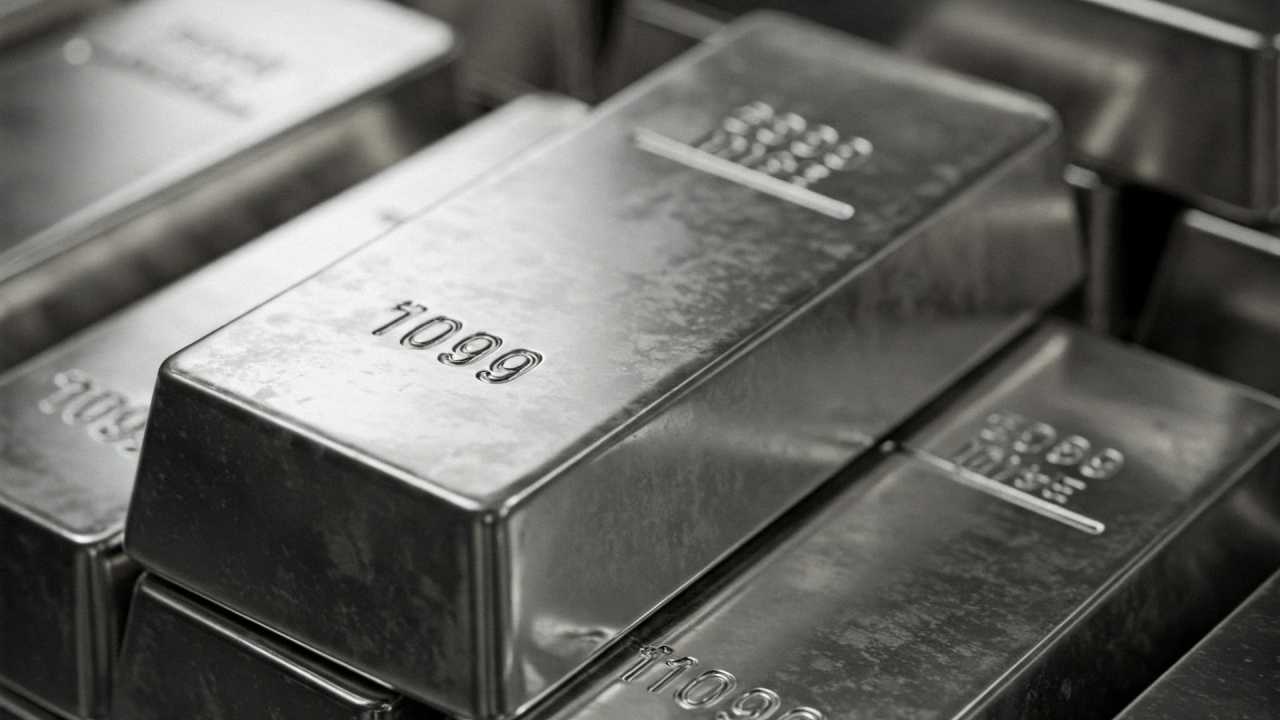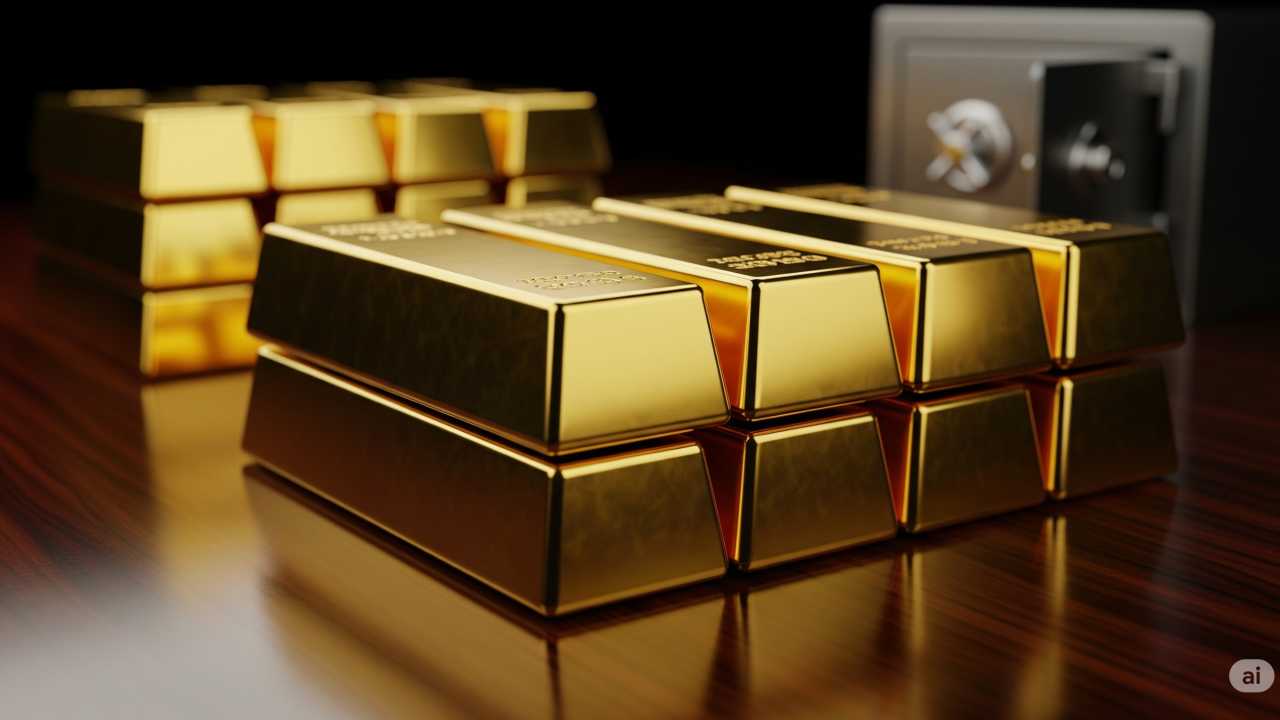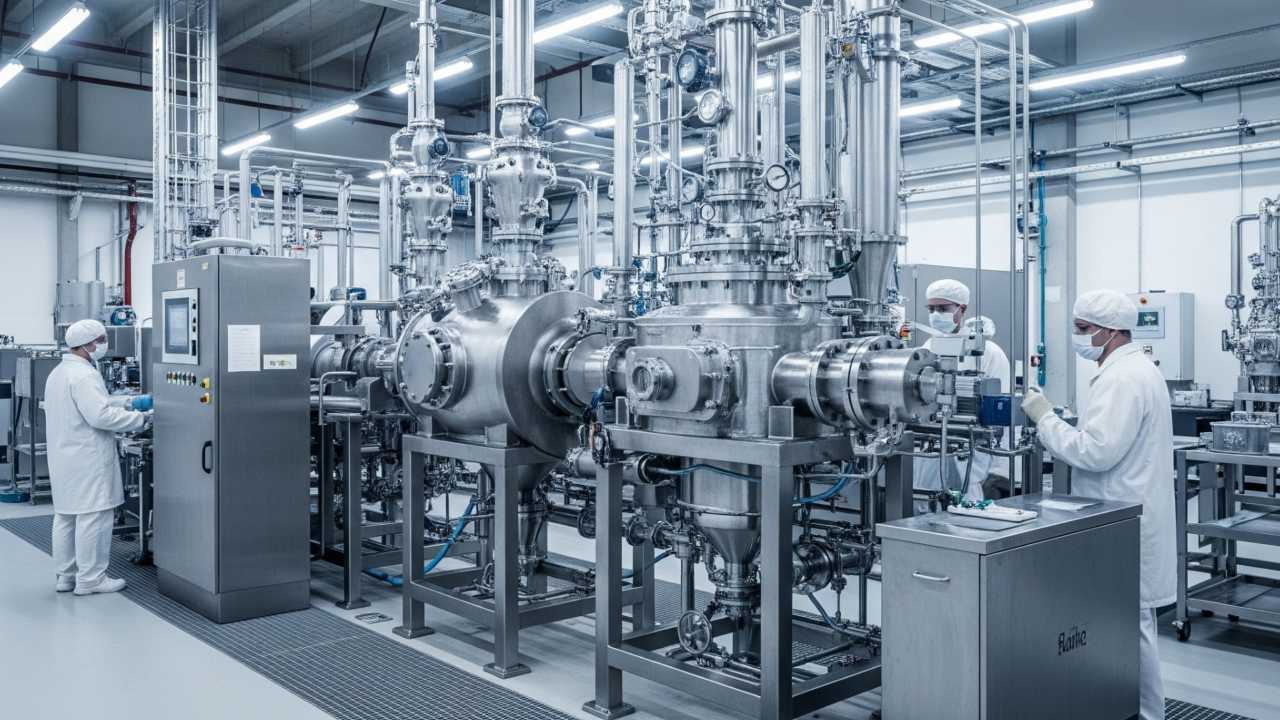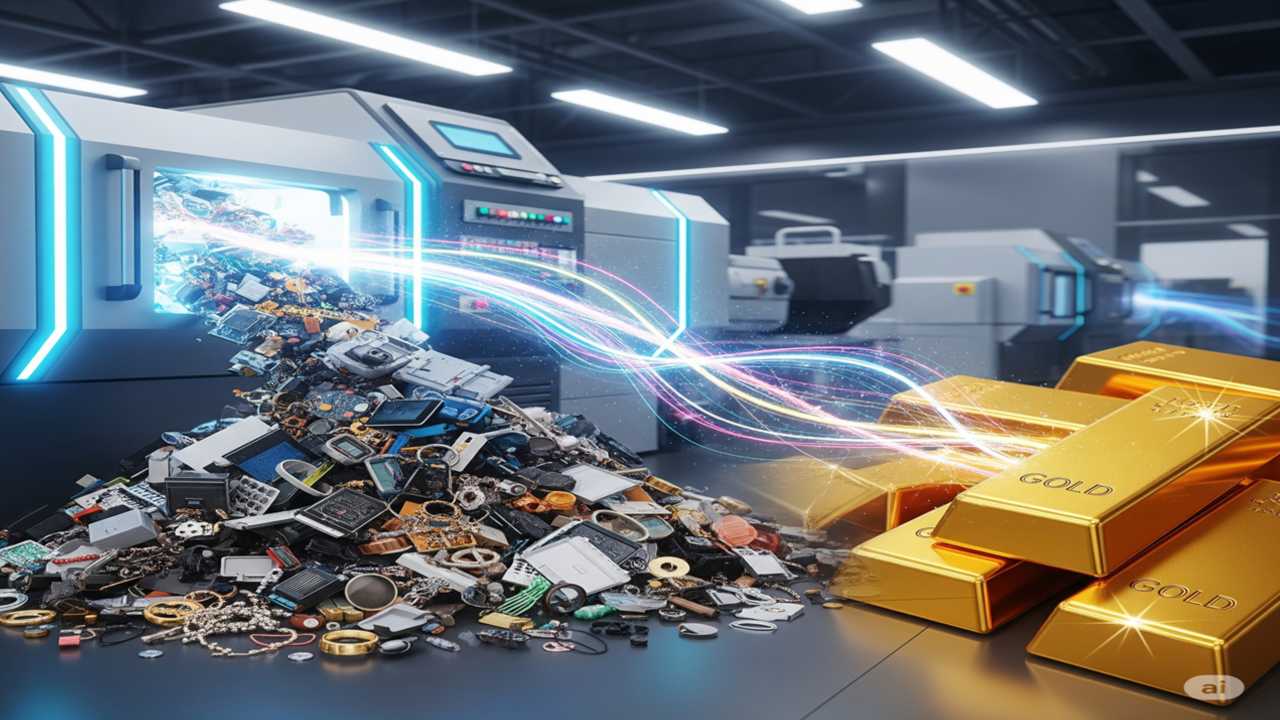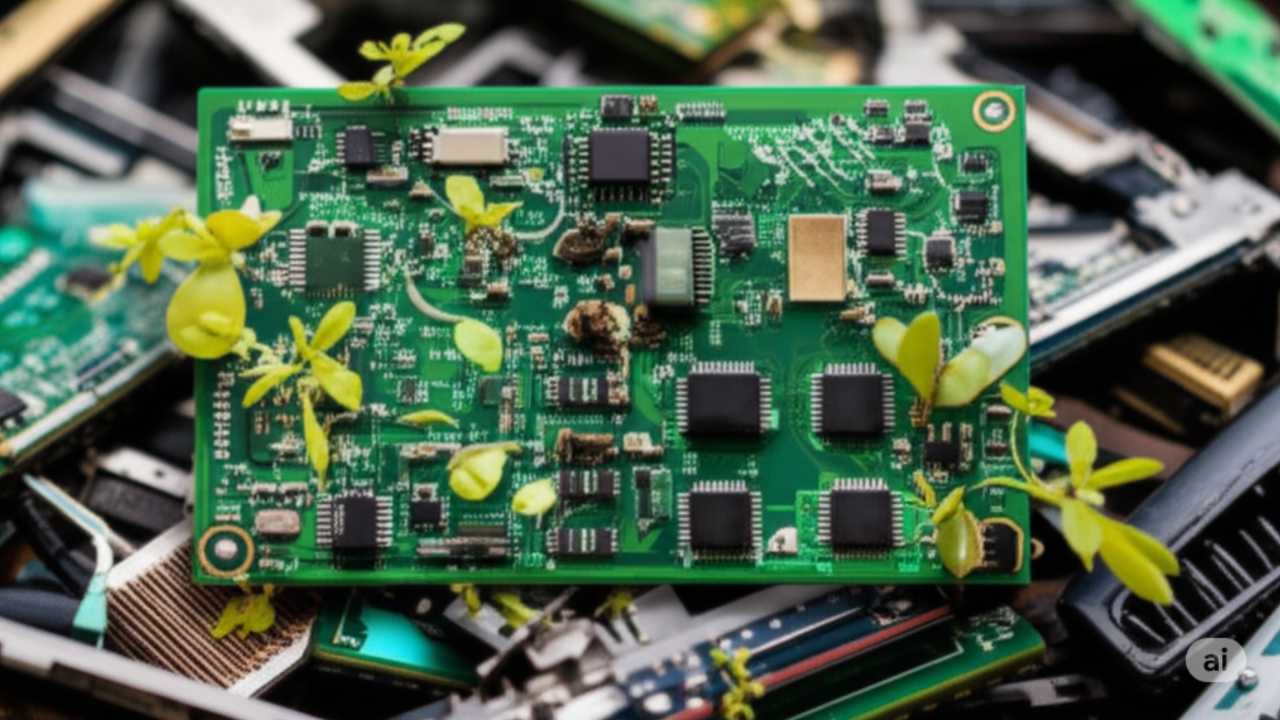The Science Behind Getting Pure Silver: A Simple but Fascinating Journey
Silver — that shiny, precious metal we admire in jewelry, coins, electronics, and even mirrors — doesn’t just appear in its beautiful, polished form. In nature, silver is rarely found in a pure state. It usually hides inside rocks and minerals, tangled up with other metals like copper, lead, or zinc, and surrounded by a lot of unwanted material like dirt and stone. To get the silver out and make it usable in pure form, scientists and engineers use a series of smart, well-tested techniques. This whole process is called silver refining.
Think of impure silver like a basket of mixed nuts. You want just the cashews (pure silver), but the basket also has peanuts, almonds, and walnuts (other metals and impurities). Silver refining is all about picking out just the cashews, carefully and efficiently.
Let’s break down how this works in a way that’s easy to understand — no chemistry degree required!
Where Does Silver Come From?
Before we can refine silver, we need to know where it comes from. There are two main sources:
1. Mining
Most of the world’s silver is dug out of the ground in mines. But it’s not usually found all by itself. Silver often occurs with other metals — particularly lead, zinc, copper, and gold. The silver is part of complex minerals and ores that need to be broken down to release the metal.
2. Recycling
Silver is also reclaimed from used products. Old jewelry, silverware, photographic films, industrial parts, and especially electronics (like circuit boards and solar panels) contain tiny but valuable amounts of silver. Recycling these items is not only environmentally friendly but also economically smart.
Once silver-bearing material is collected — whether from a mine or a recycling center — it goes through multiple steps to become pure, shiny silver.
The Two Main Categories of Silver Refining
Silver refining techniques fall into two big categories:
- Hot Methods – using heat and fire
- Wet Methods – using liquids and chemicals
Each method takes advantage of silver’s unique physical and chemical properties. Often, multiple techniques are used in a sequence to ensure the final product is as pure as possible.
Hot Methods: Melting, Boiling, and Blowing Bubbles
1. Melting and Mixing with Fluxes
The first step is usually to melt the material that contains silver. A furnace heats the material to very high temperatures until it becomes a molten, glowing liquid. Into this bubbling metal soup, workers add fluxes — special materials that help unwanted impurities (like silicates, oxides, and dirt) float to the surface.
These impurities form a glass-like layer called slag, which can be skimmed off and discarded. What’s left behind is a heavier molten metal mixture containing silver, now a bit more concentrated.
2. Cupellation: The Ancient “Boiling” Trick
This method has been used for thousands of years and is especially effective for separating silver from metals like lead. In this technique, the silver-bearing material is placed in a special absorbent container called a cupel, then heated in a furnace with a strong flow of air.
Here’s the science: At high temperatures, lead and other base metals love to react with oxygen. They turn into powdery metal oxides and either vaporize or get absorbed by the cupel. Silver, on the other hand, resists this oxidation and remains behind as a bright, shiny bead of purer metal. It’s a bit like boiling away all the water to leave behind crystals of sugar — except here, the “water” is lead, and the “sugar” is silver!
3. The Chlorine Trick: The Miller Process
When the mixture contains both silver and gold, another clever method is used — bubbling chlorine gas through the molten metal. Silver reacts with chlorine to form a compound called silver chloride, which turns into a salty, molten layer that floats on top of the gold.
This silver chloride is skimmed off, and the pure gold remains. Later, the silver chloride is treated with a reducing agent (like zinc or a special chemical) to turn it back into solid silver metal.
Wet Methods: Dissolving and Rebuilding
After the hot steps, there are still impurities to deal with. To reach very high levels of purity — 99.9% or better — scientists turn to liquid-based methods, often called wet chemistry.
1. Chemical Soaking: Leaching the Silver Out
This step uses carefully chosen chemicals to dissolve silver out of the solid materials:
• Cyanide Leaching
For ores containing silver bonded with sulfur or other minerals, a weak solution of cyanide is used. Though it sounds scary, in controlled environments, this solution selectively dissolves silver into a liquid form, leaving behind most of the unwanted rock.
Later, a more reactive metal like zinc is added. Zinc forces the silver out of the solution by displacing it, causing it to form a fine silver powder that can be filtered and collected.
• Parting with Nitric Acid
If silver is mixed with gold, a strong solution of nitric acid can help. Nitric acid dissolves silver and base metals, but not gold. Soaking the mixture in hot acid causes the silver to enter the solution as silver nitrate, while the gold settles to the bottom as a dark powder. The silver is then recovered from the liquid by adding copper or another reducing agent.
This process is sometimes called parting, since it parts or separates gold from silver.
2. Electrolytic Refining: Using Electricity to Create Pure Silver
One of the most elegant and effective methods for getting ultra-pure silver is through electrolytic refining, which uses electricity to move silver from an impure piece to a pure one.
Here’s how it works:
- A tank is filled with a silver-based electrolyte solution.
- The impure silver (anode) is placed on one side.
- A thin sheet of pure silver (cathode) is placed on the other side.
- An electric current is passed through the solution.
As the current flows, silver from the impure anode dissolves into the solution, then gets deposited on the cathode as pure, shiny silver. The impurities either stay dissolved in the liquid or fall to the bottom as a muddy sludge.
This anode mud is actually quite valuable — it contains traces of gold, platinum, palladium, and other rare metals, which are collected and processed separately.
Cleaning, Melting, and Testing: The Final Touches
Once we’ve got our pure silver — often in the form of powder or crystals — we’re not quite done.
1. Washing and Drying
The silver needs to be thoroughly washed to remove any leftover chemicals. It’s then carefully dried to prevent moisture from interfering with the next steps.
2. Melting and Forming
The clean silver is melted once again in a furnace and poured into molds. These molds may form:
- Bars or ingots (used in banks and bullion trading)
- Small balls or granules (used in jewelry making)
- Thin wires or sheets (used in electronics or industry)
3. Purity Testing
Modern laboratories use advanced tools like X-ray fluorescence (XRF) and mass spectrometry to test the silver’s purity. These instruments can detect even the tiniest trace of impurities. If the silver meets the required standard — typically 99.9% or higher — it gets certified and is ready to be sold, traded, or used in products.
Staying Safe and Eco-Friendly
Refining silver isn’t just about getting the pure metal — it also involves safety and environmental responsibility. High heat, dangerous chemicals, and toxic fumes are all part of the process. That’s why:
- Protective gear and safety protocols are mandatory.
- Ventilation systems remove harmful gases.
- Wastewater treatment ensures used chemicals don’t pollute water sources.
- Recycling helps reduce the need for new mining and lowers environmental impact.
Modern refining facilities are designed with sustainability in mind — aiming to recover every valuable element while keeping people and nature safe.
Why All This Matters
You might wonder why we go through so much trouble to get silver in pure form. The answer lies in silver’s special properties:
- It’s the most conductive metal for electricity and heat.
- It’s highly reflective and resistant to corrosion.
- It’s soft and easy to shape, yet durable enough to last generations.
These traits make it perfect for:
- Electronics (like smartphones and solar panels)
- Medical instruments (thanks to silver’s natural antibacterial powers)
- Jewelry and coins (where beauty and durability matter)
- Industrial uses (from car mirrors to chemical catalysts)
But for silver to perform well in these roles, it has to be extremely pure. Even tiny amounts of contamination can ruin its effectiveness — especially in electronics and medical tools.
Final Thoughts: From Rock to Radiance
The science behind refining silver is a fascinating mix of ancient techniques and cutting-edge technology. Whether using fire, acid, or electricity, every method relies on our deep understanding of silver’s chemistry and behavior.
From its hidden beginnings deep within the earth or tucked inside old electronics, silver travels a complex path. By the time it reaches you as a coin, a necklace, or part of
your phone, it has gone through melting, boiling, bubbling, dissolving, zapping, washing, and shaping.
So next time you see something made of silver, take a second to appreciate not just its beauty — but also the brilliant science that brought it to life.




